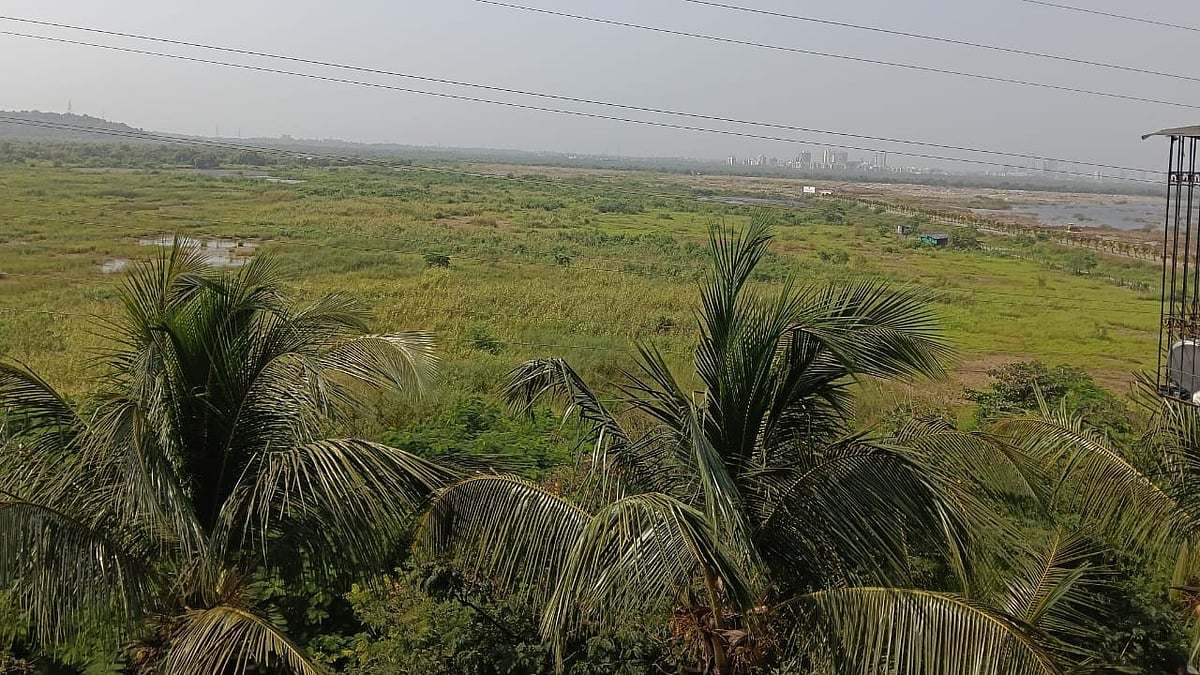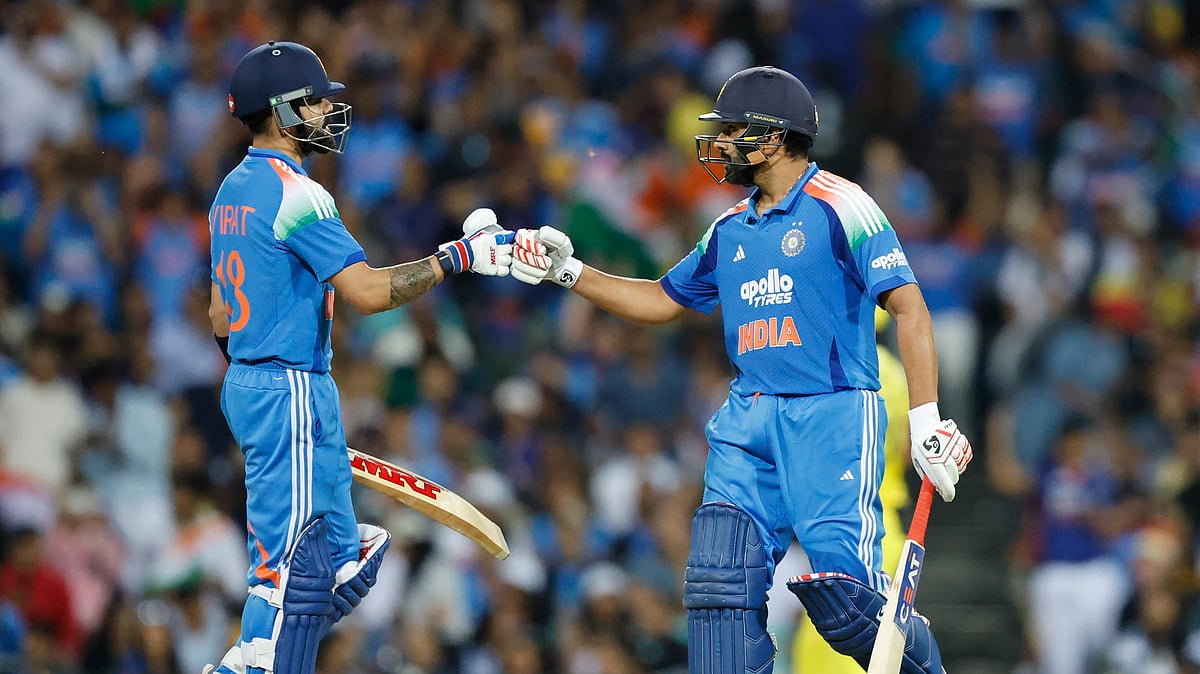A Joint Parliamentary Committee is presently considering the draft bill on “One Nation, One Election” (ONOE). India is a unique parliamentary democracy with a Constitution including both unitary and federal features encompassed in a Union of States. The main rationales for suggesting ONOE are time and cost savings. Since these factors are applicable globally, a scanning of international practices may have a certain utility in reaching an informed decision.
ONOE discussions were part of the 79th report of the Parliamentary Standing Committee on personnel, public grievances, and law and justice. It cited two cases from across the globe—South Africa and Sweden—of simultaneous elections for the federal and state parliaments/assemblies. The high-level committee on ONOE, which submitted its report last year, cited four more cases—Germany, Belgium, Indonesia and the Philippines.
At the outset it is important to understand that in the presidential forms of government people vote directly to elect a president and/or a state governor, and his/her position is not incumbent on his/her party having a majority in the Parliament or State Assembly as is the case for prime ministers and chief ministers. The US is the model that readily comes to mind for fixed date and tenure elections, though it needs to be noted that not all US states vote for their governors at the same time as the presidential elections, which are held on the first Tuesday of November every four years. On another note, it bears noting that elections to the House of Representatives in the US Congress and state assemblies are held every two years. Given the US’s tradition of primaries, the country is practically in election mode every other year, something which India wishes to avoid through ONOE.
Of the six countries mentioned in the high-level report, two, Indonesia and the Philippines, have directly elected presidents and governors. Interestingly, in the Philippines, the president and vice-president are not part of the same slate, as in the US, but are in separate races. South Africa also has a president as its head of government. It is, however, a rare case where the president is elected not directly but by members of the national assembly (Parliament) and can be subject to votes of confidence like a prime minister.
In South Africa, though, the ANC has continued to ride the fervour from its anti-apartheid struggle leadership and win all elections since 1994, though last year, for the first time, they couldn’t pick up a majority at the federal level and had to enter a coalition with the leading opposition party. The South African situation is not dissimilar to India during the first 25 years of independence when the Congress basically won across the country. How things pan out in the years to come in South Africa will need to be seen.
The fourth, Sweden, is a unitary form of government, with municipalities and regions essentially being forms of local government undertaking different types of tasks. And the Swedish constitution allows for early elections, only that these are for the balance of the dissolved term. This, of course, adds to the costs through repeated elections, if required.
The fifth and sixth, Belgium and Germany, are federal and have parliamentary forms of government.
Belgium’s situation is truly peculiar. Elections are held simultaneously for the federal and regional levels, but these invariably result in hung houses, requiring months of coalition building, with governance being continued as an interim by the previous incumbent. After the 2024 elections, it took 239 days for the next government to be formed. A decade earlier, following elections in 2010, the country went without an elected government for 589 days!
The German constitution requires a positive vote of no-confidence, i.e., an alternative name for the chancellor must be proposed, and it is not just voting a chancellor out of office. A willingness to work in coalitions and this provision appear to have provided Germany a degree of stability, though last year, the then chancellor sought a vote of confidence in himself and dissolved the Parliament when he didn’t obtain the house’s confidence. Germany, thus, saw early federal elections. Similar situations have happened across all 16 federal states. Now, each follows its own calendar for elections to its assembly, with the federal level following its own calendar.
Fixed dates for elections to assemblies and federal parliaments are a more common feature than simultaneous elections in federal states. Canada, a federal polity with a parliamentary form of government, has enacted legislation at both the federal level and in its provinces, providing for a fixed date for holding of elections, with the date now varying from province to province and following a different timetable for federal elections. In Australia, the terms of the federal parliament and the state legislatures (most) are three and four years, respectively, thus ruling out simultaneous elections.
The 79th report also refers to the UK’s decision, in 2011, to have fixed terms for its parliaments. This report was submitted in 2015 and wouldn’t have taken into purview that in 2017, the UK parliament, barely in its second cycle under the fixed-term enactment, overrode the Fixed Term Parliaments Act, which was, in fact, repealed in 2022. The devolved assemblies in Scotland, Wales, and Northern Ireland now follow their own timetable. Interestingly, despite what appear to be major efforts at agreeing on simultaneous polls for the Lok Sabha and state assemblies, the committee’s best case was polls in two phases, i.e., for some states around the time of the middle of the Lok Sabha’s term and for others with the Lok Sabha polls.
It is believed that a separation of federal and provincial elections ensures that voters are not cross-influenced on federal and state issues and are able to focus on the two independently, an important and critical consideration for a federal polity. Having noted this, the idea that time and costs are not unnecessarily incurred on repeated elections is a laudatory one while ensuring that there is as little as possible a democratic deficit in a state not having an elected government. India’s Constitution rightly limits the gap between two sittings of a legislature to a maximum of six months.
Positive votes of no-confidence are one such way of avoiding repeated elections. Apart from Germany, this is also provided for in the 2015 Nepali constitution.
And then there is the issue of setting the right traditions. In the UK, as also in Canada, attempts at fixed terms for parliament were thwarted by the Commonwealth tradition of a prime minister having the right to dissolve the House and seek a fresh mandate. In Nepal, while the same tradition was sought to be invoked, its Supreme Court disallowed the same on two occasions during 2021 and asked the House to elect a new leader. This ensured that the House elected in 2017 sat through its full five-year term with no additional expenditure on mid-term polls.
The writer is a former ambassador of India to the EU and Nepal.









